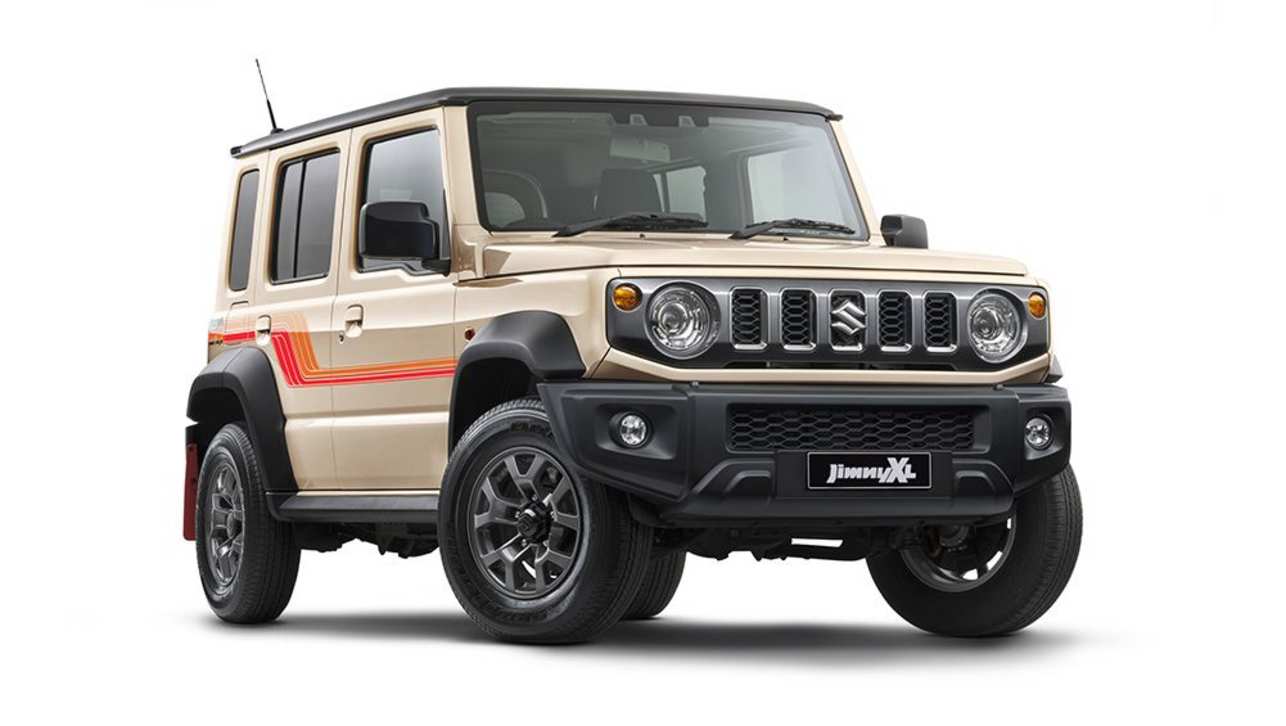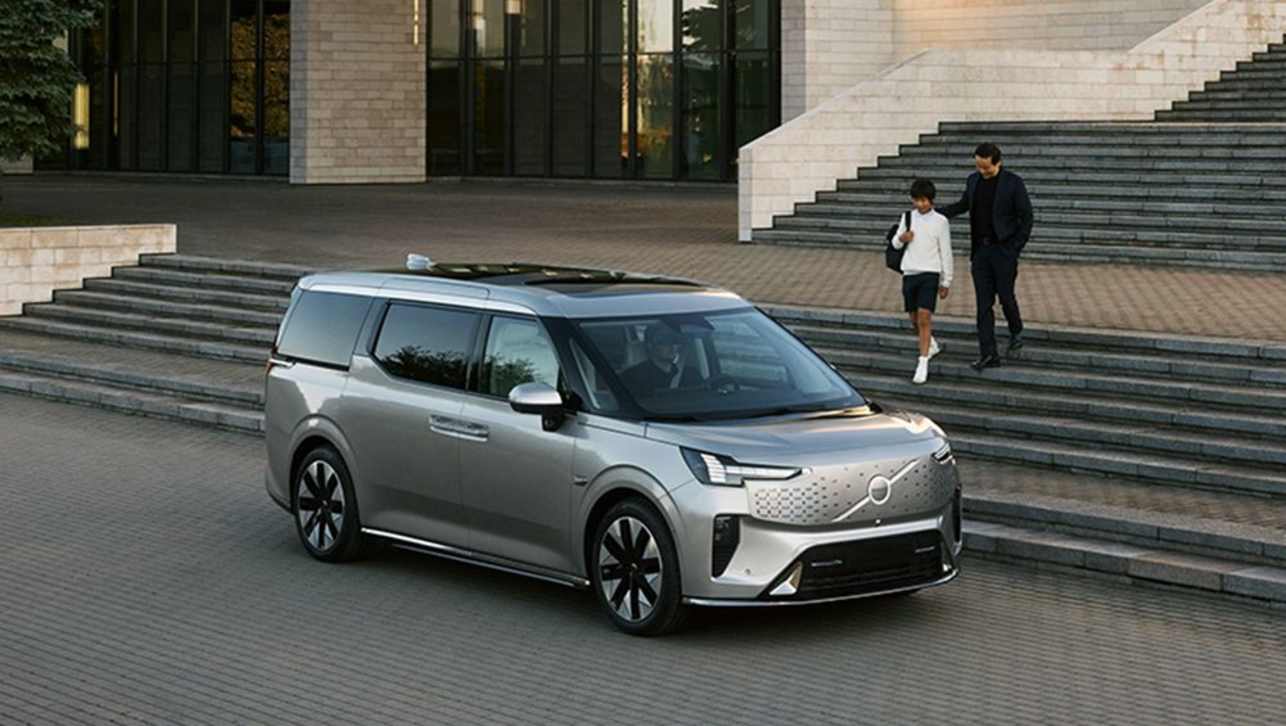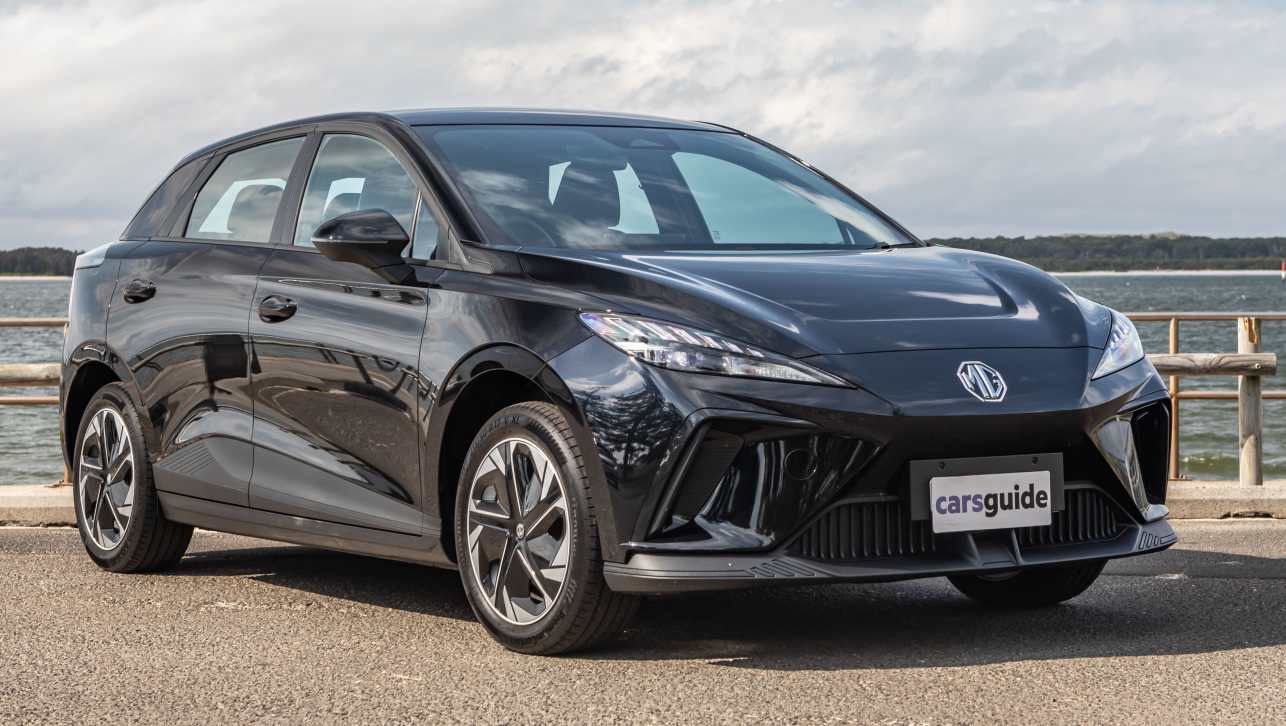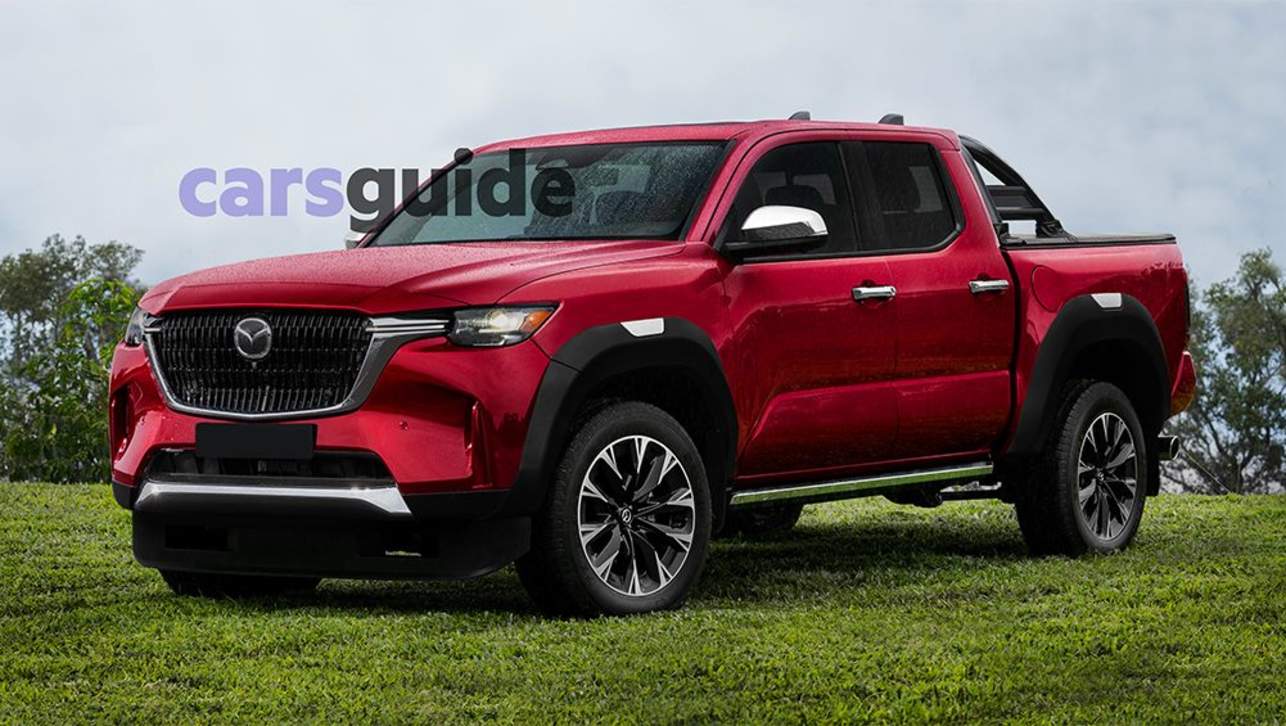With Sukuki this week announcing the imminent demise of the long-lived Baleno hatch in Australia – a victim of age and expensive sourcing out of India – budget-conscious buyers have even less choice than ever.
Besides heavily impacting volumes for the brand (it’s currently Suzuki’s best-seller by far), the bailing out of Baleno leaves just a pair of Kia Picantos, two MG3s and a single Fiat 500 under the crucial sub-$20,000 psychological barrier.
That’s just five individual cars.
Just one year ago, that number was 18, until the Suzuki Ignis, VW Polo and Kia Rio pushed past $20K, while the Mitsubishi Mirage vanished. In contrast, 2016 offered 94 choices, including the Holden Barina, Ford Fiesta, Mazda 2, Honda Jazz, Nissan Pulsar, Kia Cerato, Renault Clio, Skoda Fabia, Suzuki Swift, Mazda CX-3, Nissan Navara and Suzuki APV.
Those were the days!
Now, while inflation and myriad other manufacturing pressures will unlikely see such low prices again, it appears we’re missing out on some fine, inexpensive models that might really appeal to many Australians. And we’re not just talking about small hatchbacks either, but vehicles that families, tradespeople and singles alike could get behind.
Here, then, is a small selection across a broad selection of segments and categories, along with the likely reasons why they’re not heading here any time soon.
These are the affordable beauties Australia’s missing out on.
Dacia Jogger

Dacia is to Renault what Skoda was to VW before it marched upmarket… that is, affordability for the masses not bothered by status or needless excess.
The Jogger utterly encapsulates this thinking. It’s a sort of Kia Carnival/Hyundai Palisade cross, at a fraction of their prices. Other benefits include chunky good looks, an SUV-esque ride height, removable seating for super versatility, space for seven six-footers and a stylish dash with most mod-cons.
Unbelievably, UK prices start from well-under A$30,000, resulting in the press over there going gaga, declaring the Jogger the value buy of the year.
Downsides? Right now, it’s a 1.0-litre turbo manual or nothing, though an auto is coming. Also, a one-star EuroANCAP rating sounds dire, but that’s mostly due to poor pedestrian impact protection and some missing driver-assist tech rather than sub-standard occupant security. The Jogger is still regarded as safer than most used seven-seater SUV alternatives.
Ford Maverick

Ford in Australia has not had a big small-car success since the halcyon days of the 1980s, when the Mazda-engineered Laser was a runaway bestseller, propelling the company straight up to the number-one spot.
Over in the North American homeland, the same situation applied, so the Blue Oval boffins decided to literally think outside the box by creating a small-car based dual-cab ute instead of yet another cookie-cutter hatchback, complete with a monocoque body.
Developed on the current Focus’ front-drive platform, the result has already made history, with the Maverick taking the USA by storm, whipping consumers up in a frenzy with its mini-truck proportions, frugal four-cylinder hybrid efficiency, car-like refinement and sporty driving dynamics. That handsome styling has also helped lure fresh-to-Ford buyers, curious by the sub-A$30,000 starting price.
Frustratingly, no right-hand-drive production (for now) keeps the Maverick from potentially achieving Laser levels of success over here. Ford’s worried about its impact on Ranger sales, but we beg to differ, as the Maverick would appeal to very different buyers… particularly ones on a budget. What a boon for small business owners seeking a practical yet functional runabout.
Hyundai Casper

If you’ve ever longed for a Kia Picanto that’s been squared-off and raised to look like a rugged little off-roader, then the Hyundai Casper is for you.
Boxy and undeniably adorable, it really stands out with Audi Quattro-esque blistered wheelarches and a host of offbeat lighting details. The front seats are connected bench-style, the modular dash looks futuristic and the rear seats recline and slide, to increase boot space.
Underneath, the Casper is utterly conventional, with a 1.0-litre three-cylinder engine and four-speed auto, as per the Picanto, to help keep prices reasonable. In its South Korean home market, prices start at under A$16,000.
Charming, distinctive, affordable and fiercely individual, this is the sub-$20K solution to save the city car. Hyundai, please, make it happen.
Daihatsu Rocky

Also sold by Toyota as the Raize across Asia, the Rocky revives a classic 4x4 off-roader name of the ‘80s and ‘90s, but this time it’s on a city-sized SUV designed to give the likes of the MG ZS, Hyundai Venue and Kia Stonic a run for their money.
Featuring mini-RAV4 styling inside and out, a roomy interior and a deep boot, there’s a real scaled-down Toyota-ness about the way the Rocky is presented, despite being developed and built by small-car specialists Daihatsu. It features a range of lively yet frugal powertrain options, in either front or all-wheel-drive configurations.
The Rocky is a descendent of the old Daihatsu Terios, sold here from 1996 to 2004. Regardless of whether it arrived in Australia wearing Rocky or Toyota Raize badges, there would be a ready market for a Japanese small SUV from around $25,000.
Toyota Aygo Cross

Isn’t it time Toyota returned to its ‘every person’s car’ roots with an inexpensive urban runabout?
Essentially a cut-down current-model Yaris created in and for Europe, the Aygo X (for cross – as in ‘crossover’) would really give the Kia Picanto and best-selling MG3 a run for their money.
Though strikingly styled, with an equally contemporary interior, the Aygo X is utterly conventional underneath, with carryover 1.0-litre three-cylinder petrol powertrains from the unrelated previous models to help keep pricing competitive in a globally shrinking segment.
Unfortunately for Australians aching for the return of the sub-$20K Toyota, the Aygo X is currently only produced in the Czech Republic, so it’s unlikely to find its way south of the equator any time soon.
Fingers crossed that it does, though.






.jpg)



.jpg)








.jpg)


.jpg)


.jpg)
.jpg)


.jpg)

Comments